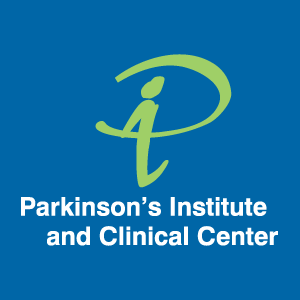By 2020, an estimated 1 million Americans, or one in every 334 people in the U.S., will be living with Parkinson’s. The cost of Parkinson’s, including treatment, lost income, and social security payments, is estimated at nearly $25 billion per year in the U.S.
The profound human toll and suffering impacts everyone — patients, caregivers, family, and friends. We really hate this, and we’re determined to change it.
Whether you’ve been recently diagnosed with Parkinson’s or just want to learn more, the Parkinson’s Institute and Clinical Center wants to be your guide. You’ve come to the right place to discover what causes Parkinson’s, its symptoms, who is affected, and how it is diagnosed and treated. We’ve dedicated over 30 years to understanding and treating the disease. Parkinson’s. We’re in this together.
What is Parkinson’s?
Parkinson’s is the second most common neurodegenerative disorder in the world. It affects the way the brain controls the body’s movement. Progressive in nature, it slowly gets worse over time.
In people with Parkinson’s, the brain cells that create dopamine do not function well. Dopamine is a chemical messenger inside the brain that transmits signals between nerve cells. By the time Parkinson’s symptoms appear, at least 50% of these brain cells are not doing their job.
Who is affected by Parkinson’s?
Parkinson’s disease affects 1-2% of people over age 60. According to the Parkinson’s Foundation, more than 10 million people worldwide are living with Parkinson’s. Approximately 60,000 Americans are diagnosed with Parkinson’s every year. While the average age of onset is about 60 years, Parkinson’s affects people of all ages. Young Onset Parkinson’s Disease (YOPD) typically starts in one’s 20s, 30s, or 40s.
Parkinson’s affects men slightly more than women. While it is usually detected in individuals over 60 years old, it can develop at any age. In fact, between 2% and 10% of patients with Parkinson’s are symptomatic before the age of 40, called young-onset Parkinson disease (YOPD).
What are possible causes?
For the majority of people, the actual cause of their Parkinson’s is unknown. Numerous studies have shown that exposure to pesticides and industrial solvents can increase your risk for Parkinson’s. If you would like to learn more about these risks, please read some of our published papers on the environmental risk factors of Parkinson’s.
At least 10%-15% of Parkinson’s patients may have a genetic mutation that predisposes them to Parkinson’s. We continue to expand our understanding of these mutations and how they influence disease.
